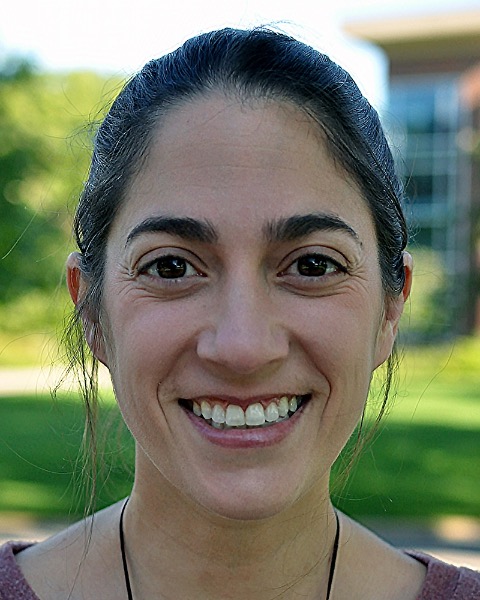To Earn CE for this session: Watch the on-demand recording in its entirety, then click here to complete the CE quiz for this session.
Small Animal Internal Medicine
The Microbiome and Calcium Oxalate Urolithiasis
ASVNU Track
On Demand
CE: 0.5 Medical

Emily Coffey, DVM, DACVIM (SAIM), PhD (she/her/hers)
Assistant Professor
University of Minnesota
Saint Paul, Minnesota, United States
On-Demand Presenter(s)
Disclosure(s):
Emily Coffey, DVM, DACVIM (SAIM), PhD: No relevant disclosure to display
Presentation Description / Summary: Despite calcium oxalate (CaOx) representing one of the most common types of uroliths in dogs, cats, and humans, the disease pathogenesis remains incompletely understood. Growing evidence from humans and animals has linked alterations in the microbiome with CaOx stone risk, indicating that microbial communities may influence stone formation. Early research examining the gut microbiome in relation to CaOx urolithiasis focused largely on the role of intestinal oxalate-degrading bacteria, such as Oxalobacter formigenes. However, broader examinations of the gut microbiome of CaOx stone formers have revealed several alterations in taxonomic and genetic profiles, including pathways unrelated to oxalate degradation (e.g., pathways related to short chain fatty acid production). Emerging research also shows that the human and animal urinary tract, previously thought to be sterile, hosts a unique microbial ecosystem known as the urobiome. While the gut microbiome exerts upstream effects on stone risk, the urobiome might directly shape the urinary microenvironment to favor or inhibit stone formation. In this session, we will explore past and current research evaluating the relationships between the gut and urinary microbiomes and CaOx urolithiasis. We will also discuss future research directions and examine how these new avenues of exploration could reshape our thinking about CaOx stone formation.
Learning Objectives:
- Upon completion, participant will understand potential mechanisms by which bacteria could affect calcium oxalate (CaOx) stone formation.
- Upon completion, participant will be able to discuss past and current research linking the gut and urinary microbiomes to CaOx urolithiasis in humans and animals.
- Upon completion, participant will be able to describe future research directions within this field and how new discoveries linking the microbiome and stone risk could alter clinical thinking about CaOx stone formation.



